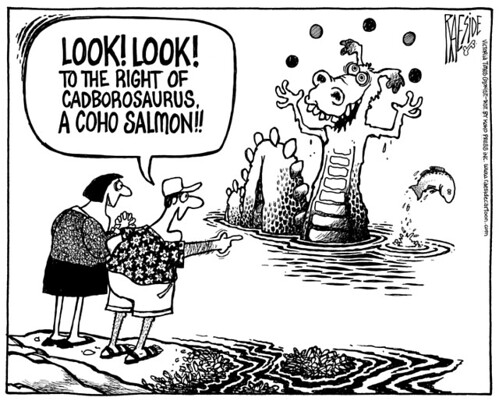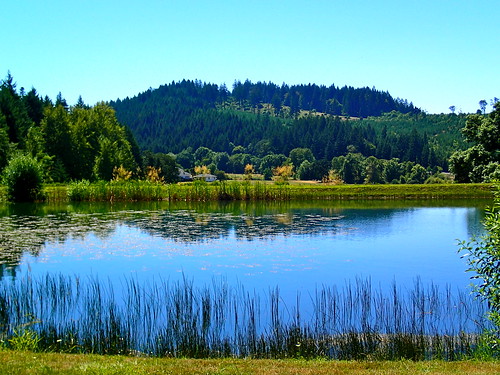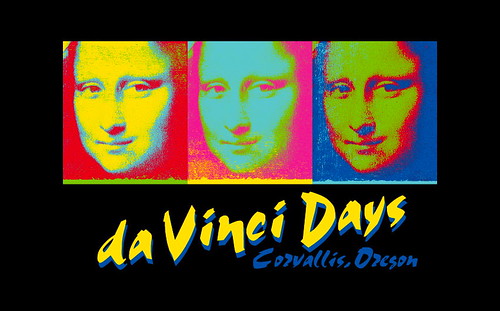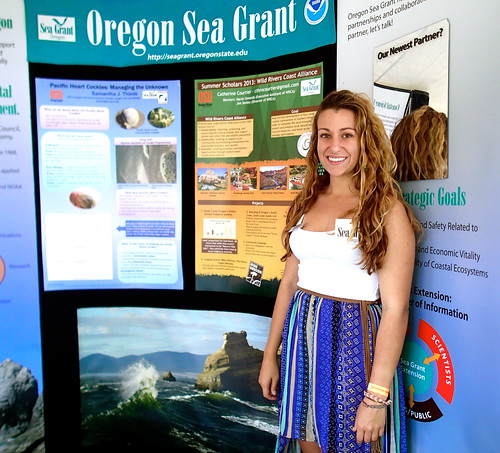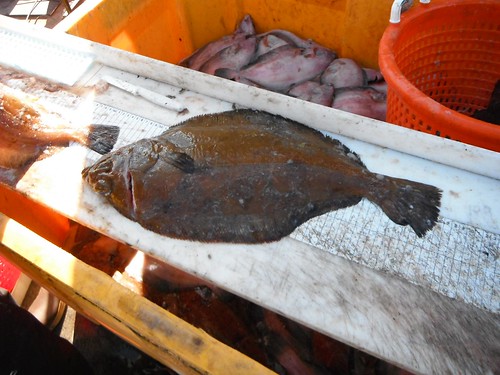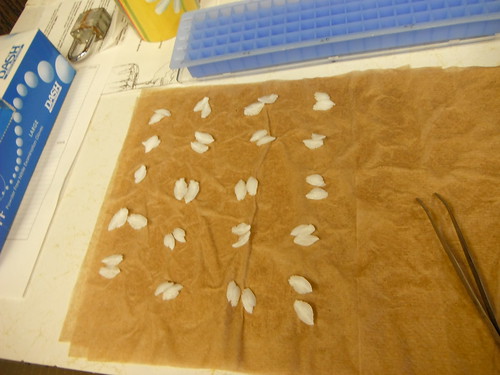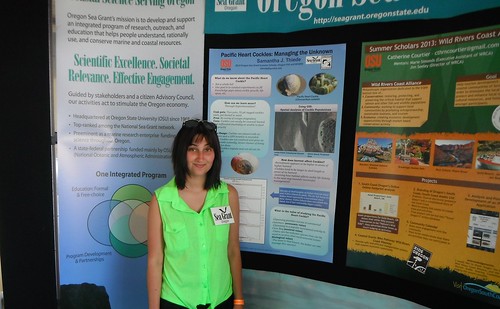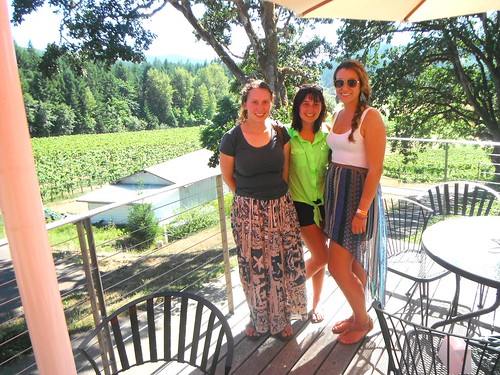Greetings readers! I must admit that I have fallen a bit behind in my blog posts, but never fear because I have many new stories to tell, as well as some new adventures in my future! A couple weeks ago I was fortunate enough to sit in on a call between my two mentors and some of the people who work in NOAA’s fisheries management department; the hot topic of discussion, Coho Salmon restoration on the South coast of Oregon. More specifically the call was a discussion of how to go about creating a “universal salmon calculator” that would detail the benefits of restoration as well as identifying the permanent economic benefits such as number of jobs created. While most of the conversation went over my head, I managed to understand the key points as well as the bottom line. In order to get people to donate money to the cause, there has to be a way to determine the salmon’s value when populations return that is universal across all areas. Currently there are many different ways to calculate this, each more confusing than the other. One proposed idea was to look at the return in terms of its landscape value; i.e. how many total acres of salmon habitat have been restored or how many miles of stream have opened up.
In addition to the calculator conundrum is the lack of money to fund post-restoration monitoring. This is very unfortunate since examining any kind of project after the fact is the most important step in conservation and restoration! Without any kind of follow up there is no way to know if what you have done is sustainable, if it actually did what it was supposed to do, and if it is worth continuing. Furthermore, this post restoration analysis makes it possible to create a metric of success that will interest funders. Since money seems to be the issue, I think it would be a great idea to train community member volunteers to gather this post-restoration data. Not only would this be relatively free of charge (besides the time it would take to train people), but I believe it would also be a great chance to educate local residents on a conservation issue that’s right in their backyard and create pride and enthusiasm for protecting their environment. When dealing with any kind of conservation/restoration issue, the two main questions that I feel are most important are: 1. What are the benefits associated with restoration and 2. What are the values lost when harm comes to the environment?
As has been the case with other aspects of my internship, this phone call really exemplified the point that there needs to be better communication between the scientific and non-scientific community. Issues and topics need to be presented in a way that makes them seem approachable and like something that the general public could take part in.
In other news, I have finished my research for Travel Oregon! For the past four weeks I have been doing an online footprint analysis of each city’s webpages as well as collecting information on lodging, shops, food, places to go, things to do, and events and festivals. Eventually this will all be fed into Travel Oregon’s orb so it can populate the site and beef up the information on the South Coast (since it is currently lacking basically all areas of information). My next step will be to meet with people involved in the communities who are on our “Rural Tourism Steering Committee” to run all the information by them, and just get a general feel for each town as well as the possible pros and cons of increasing tourism in the area. My hope is that the end product of this project will be two-fold: 1. A community calendar will be uploaded to the Travel Oregon site so that local events can be better publicized and visitors can plan trips around them. 2. That an interactive map will be available for each town’s asset such that when you search for something, a map with its location as well as the locations of things to do around it pops up.
My internship has reached the halfway mark! This was celebrated at the Da Vinci Days festival in Corvallis where I got a chance to catch up with all the other interns and hear updates on their projects, work Sea Grant’s both at the festival, and explore Corvallis further. Although the morning started off slowly, by the time noon came around (and the awesome all bike parade!) the festival was bustling and the Sea Grant booth had more visitors than we could handle. While the occasional passerby was interested in our summer projects, the majority were fixated with the green turtle shell display and Bubbles our live and invasive red-eared slider. As much as I would have loved to talk about my project (and believe me I could go on for hours…) I was more excited that there were so many people who were curious about marine biology and were actually asking questions. Yay for the future generations of marine biologists! Another highlight of this wonderful weekend was getting the chance to hear the awe-inspiring Jane Lubchenco speak. To be in the presence of such a strong woman who has not only been an integral part in bridging the gap between the scientific and public communities, but is the first woman to serve as a NOAA administrator, gave me such hope for the future (not to mention many goose bumps)! I was however saddened to see that with the exception of my fellow scholars, there was basically no one else around our age in attendance. Just more proof that strengthening communication and involvement in science in paramount!
One trip down, one to go! This next week I will be leaving Bandon and venturing down to coast to the towns of Port Orford, Gold Beach, and Brookings! I’m so excited to get to visit the places that up till now have only researched on the Internet. Curry County here I come!

